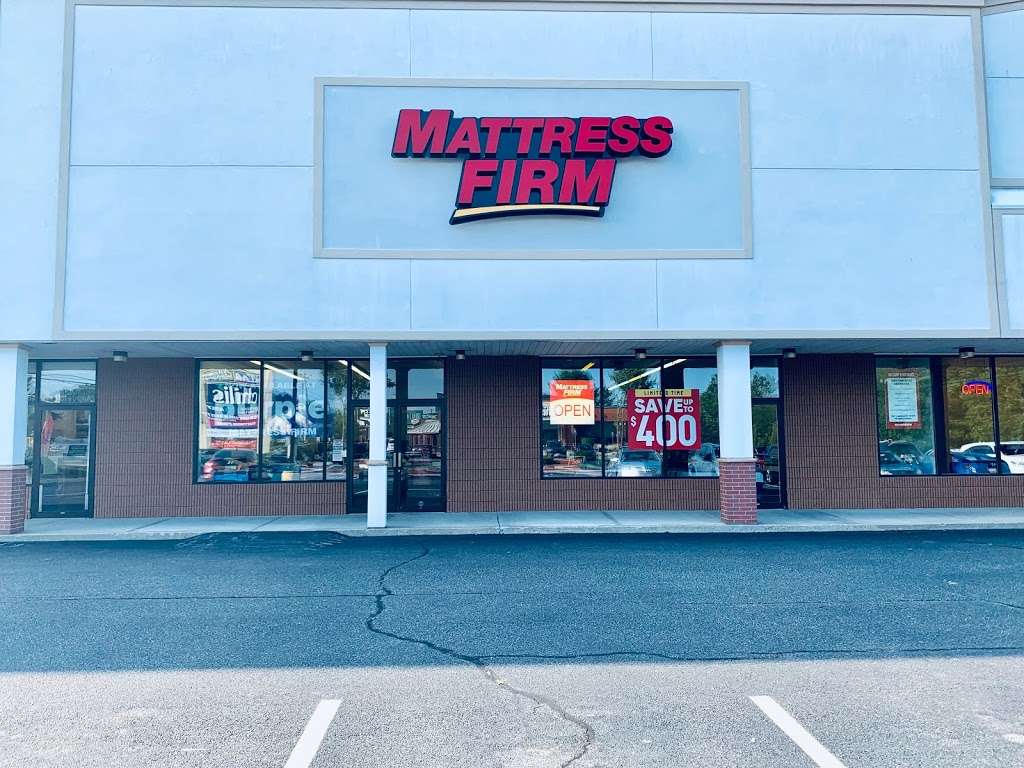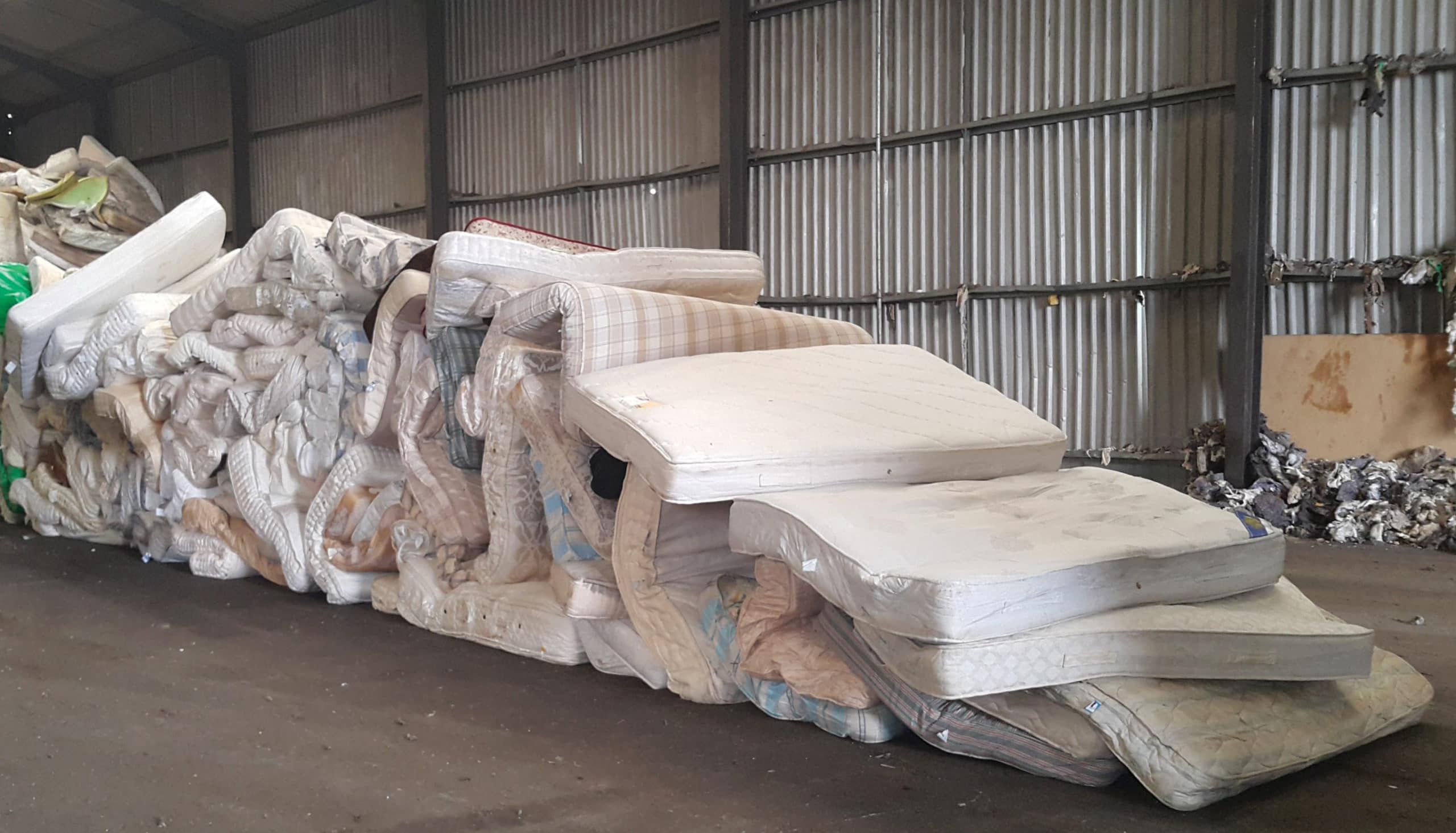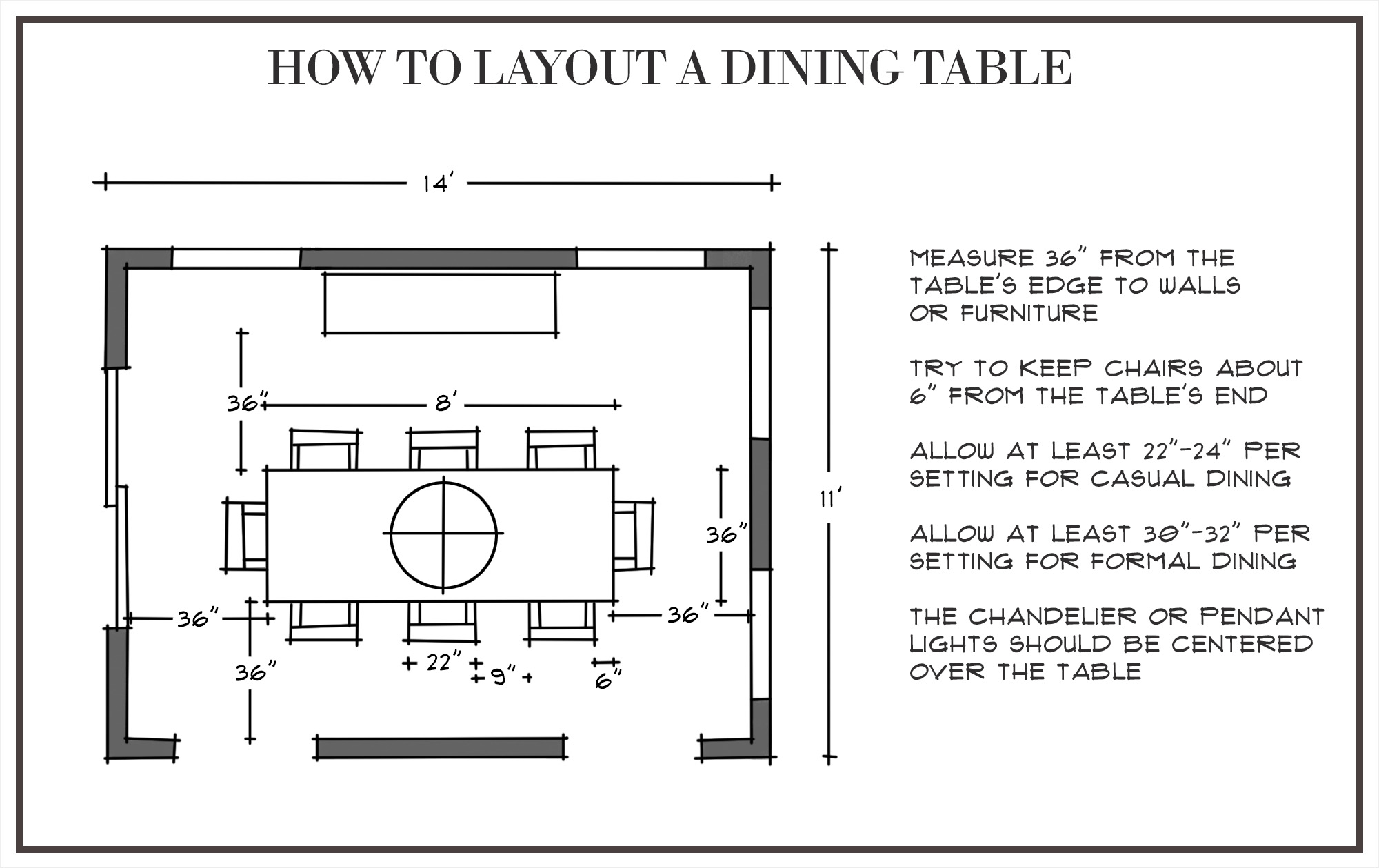Modern passive house design emphasizes the conservation of resources, optimization of energy efficiency, and a comfortable internal atmosphere. This design is considered to be the most energy-efficient building system that is available to homeowners. The main focus of this type of design is to reduce energy consumption and carbon emission by taking advantage of different natural elements. Natural elements such as the sun, wind, and natural air flow are combined with a series of integrated technologies to achieve a remarkable level of performance. Passive house design is designed to use up to 70% less energy than a conventional home. Modern passive house design is characterized by an effective thermal envelope that is implemented through the usage of high-performance and high-quality window and door systems, insulation, and other energy technologies. Furthermore, the exterior of the property must be designed with aesthetic appeal and architectural clarity. This includes windows and doors, wall finishes, roofing, decking, and landscaping.Modern Passive House Design
The Passive House design involves planning and design principles which provide extremely comfortable indoor air quality, healthy living and maximum usage of natural resources. The core components of this design are insulation, airtightness, heat recovery, ventilation and thermal bridge-free construction. The primary aim of the Passive House design is to create an environment indoors which is energy efficient and comfortable. By optimizing the building components, such as ensuring a sufficient levels of insulation, optimal window and door sizes and their placement, airtightness, and heat recovery, the required energy for keeping the building habitable in all seasons is significantly reduced.Basics of Passive House Design
The key benefits of Passive House design are a decrease in energy costs, improved indoor air quality and a quiet, comfortable interior. As this system eliminates the need for constant heating and cooling, home owners can enjoy reduced electricity bills. The airtight building also helps reduce airborne pollutants, significantly reducing levels of dust, mould, allergens, and other irritants. The Passive House design also offers up to 70% improved insulation when compared to older building designs. This improved insulation helps maintain comfortable temperatures in even the harshest winters, without having to run a large heating system all the time. Not only does this reduce energy consumption, but the the improved insulation also helps improve air tightness, reducing drafts and providing much quieter indoor environment.Benefits of Passive House Design
The Passive House Design feature emerging technologies that enable the homeowner to use the available natural elements to generate energy while at the same time creating a comfortable living space. These features include double and triple glazing windows and door systems, a properly insulated roof and walls that are equipped with the most advanced insulation materials, and well-connected and airtight living spaces. The integration of Passive House design with emerging smart technologies helps provide a healthier, smarter, and more efficient way of living. Some of the features of these systems include energy efficient lighting, solar panel arrays, secure locking systems, occupancy sensors, automated ventilation, and a variety of other sensors and devices.Features of Passive House Design
The Benefits of Sa Passive House Design
 The use of Sa Passive House Design is a great way for homeowners to greatly reduce their energy consumption and save both money and the environment. Passive house designs provide a highly efficient home with energy-saving features that reduce the amount of energy used in heating and cooling. The lower energy costs are then further reduced through the use of renewable energy sources such as solar, wind and thermal heating and cooling.
The use of Sa Passive House Design is a great way for homeowners to greatly reduce their energy consumption and save both money and the environment. Passive house designs provide a highly efficient home with energy-saving features that reduce the amount of energy used in heating and cooling. The lower energy costs are then further reduced through the use of renewable energy sources such as solar, wind and thermal heating and cooling.
Lower Energy Bills
 Using Sa Passive House Design means that your energy bills will be drastically reduced. This is due to the energy-efficient features, such as well-insulated walls, windows and doors, and a proper air seal. This results in lower energy costs for heating and cooling, as air is not unnecessarily lost through drafts or leaks. Moreover, the use of renewable energy sources results in even greater savings.
Using Sa Passive House Design means that your energy bills will be drastically reduced. This is due to the energy-efficient features, such as well-insulated walls, windows and doors, and a proper air seal. This results in lower energy costs for heating and cooling, as air is not unnecessarily lost through drafts or leaks. Moreover, the use of renewable energy sources results in even greater savings.
Comfort and Quality of Life
 In Sa Passive House Design, the airtight construction keeps the home comfortable and energy efficient. This results in a better atmosphere, quality of life, and overall well-being. Additionally, due to the efficient energy use, the temperature inside the home is more stable and comfortable. This, in turn, leads to fewer health problems due to humidity and temperature fluctuations.
In Sa Passive House Design, the airtight construction keeps the home comfortable and energy efficient. This results in a better atmosphere, quality of life, and overall well-being. Additionally, due to the efficient energy use, the temperature inside the home is more stable and comfortable. This, in turn, leads to fewer health problems due to humidity and temperature fluctuations.
Health and Safety
 Due to the airtight construction of the home, airborne pollutants such as dust, pollen, and bacteria are prevented from entering the home. This means that Sa Passive House Design offers a healthier living environment for the residents, resulting in fewer allergies and illnesses. Furthermore, the home is more resistant to extreme weather conditions such as storms and floods, resulting in a higher degree of safety for the homeowners.
Due to the airtight construction of the home, airborne pollutants such as dust, pollen, and bacteria are prevented from entering the home. This means that Sa Passive House Design offers a healthier living environment for the residents, resulting in fewer allergies and illnesses. Furthermore, the home is more resistant to extreme weather conditions such as storms and floods, resulting in a higher degree of safety for the homeowners.































